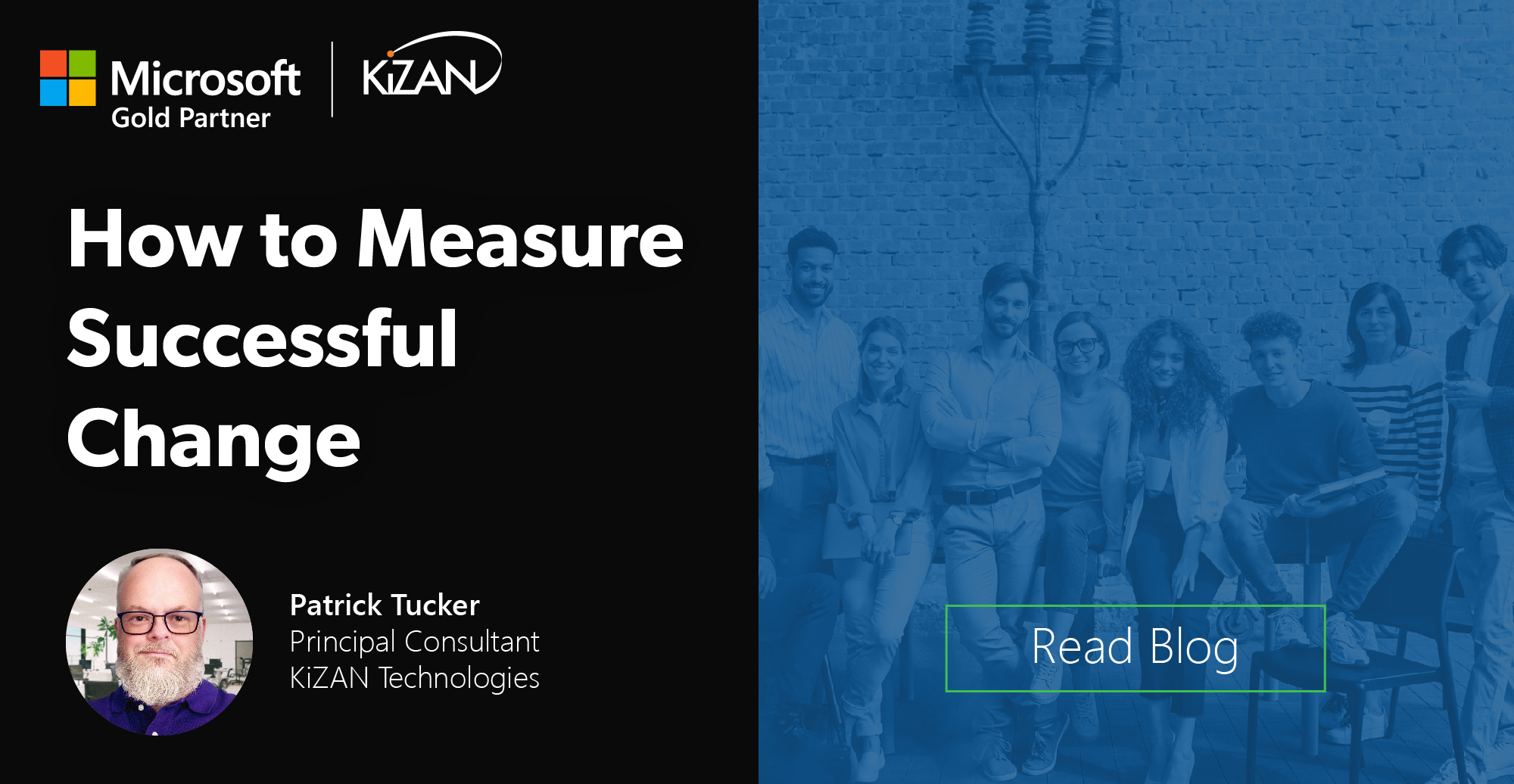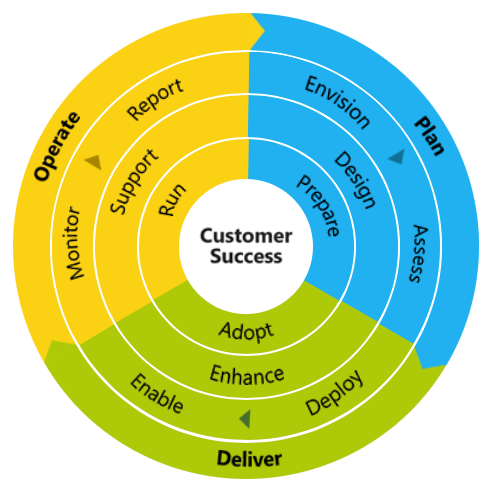
In today's fast-paced business landscape, staying ahead of the competition requires efficient and effective solutions. According to Microsoft’s Work Trend Index, nearly 70% of employee report that they don’t have sufficient time in the day to focus on “work”, with more time being spent Communicating than Creating.
Microsoft 365 Copilot is designed, with Microsoft’s cloud trust platform at its core, to allow for employees to both be more productive, reduce the time spent searching for information, performing mundane tasks, and other low-value activities.
Change is inevitable, but it’s not always successful. I’m passionate about change management as a discipline because of the value that it can bring to processes, embracing new ways of working, and deep adoption of the tools to get that work done. Part of that value is realized when we are certain that a change has been implemented successfully. So, how do we measure that success?
Let’s say that a new software suite is coming to your organization. That usually means your requirements and pain points have already been considered, the purse has been opened, and the deployment can begin. There are measures of whether the technology itself is successful – number of bugs, uptime, responsiveness, good UX, a friendly interface, etc. However, the best software in the world becomes a virtual paper weight if no one understands the value it provides or how it can positively impact their daily work.
Here are some success measures that we use within the Employee Engagement Group to track and recognize success or opportunities to improve.
Quantitative
- Measuring Usage -
- How many people are using the software? What percentage of possible users?
- What does our telemetry or analytics data tell us about how many times employees open the software or how long they use it each day?
- Are employees still using other tools, possibly unsanctioned by the organization?
- What is the granular activity? How many files, chats, policies, etc. have been created?
Behavioral
- Changes in how people work -
- If we have new collaboration tools, have our numbers of emails been reduced?
- Are we spending less time in meetings because we’re better prepared or can collaborate outside of formal meeting time?
- Are we leveraging all the features of a tool that would help us reduce redundancy?
Qualitative
- Sentiment Analysis -
- Do we have direct feedback from survey responses completed by our employees?
- Are we tracking general sentiment gathered by simply asking or using automation to scan messages?
- Are the impressions of sponsors and key stakeholders positive?
Each successful change may have unique criteria,
but all successful change management efforts are ones where we’ve built awareness of the change that is coming, built desire for the change and how it can solve pain points, bolstered knowledge through a variety of learning methods, developed ability over time with coaching and support, and driven reinforcement through rewarding good behaviors and continual improvement.
KiZAN is a Microsoft National Solutions Provider with numerous gold and silver Microsoft competencies, including gold data analytics. Our primary offices are located in Louisville, KY, and Cincinnati, OH, with additional sales offices located in Tennessee, Indiana, Michigan, Pennsylvania, Florida, North Carolina, South Carolina, Georgia, and Texas.




